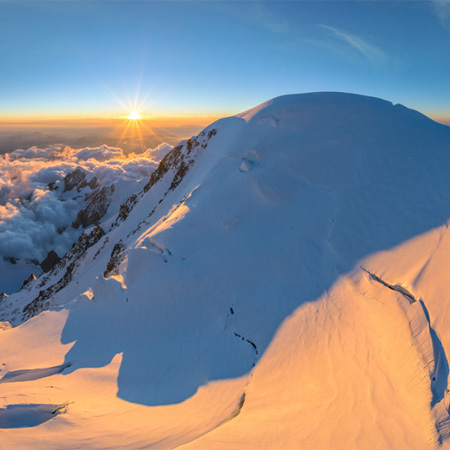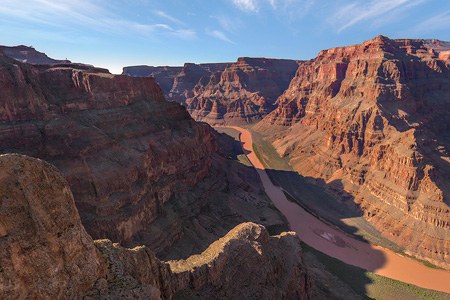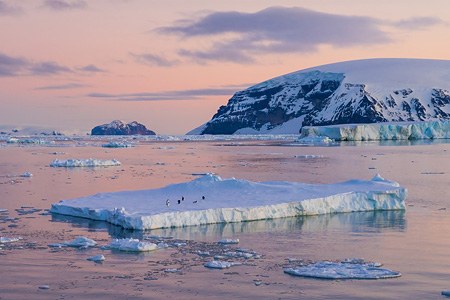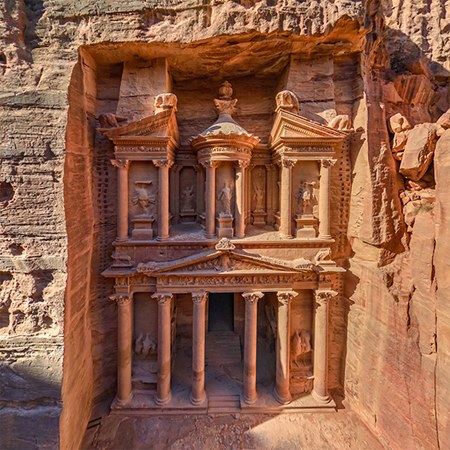Shinkansen. Japan's bullet train
In 1940, Japan's authorities proposed to connect the country's largest cities by a high-speed railway line. That's how the project Shinkansen was born. The plan was to launch a train with a top speed of 200 km/h between Tokyo and Shimonoseki that is located at the southwestern tip of Honshu, 1,000 km away from the capital. That is an ambitious figure not only for the past: in modern Russia, for example, the average speed of trains is up to 60 km/h.
The realization was abandoned due to World War II, but in 1964, Japan managed to revert to this important idea. Now the railway network has expanded to 2,765 km with maximum train speeds of 130-320 km/h depending on the area. Over the 50-plus year exploitation, there have been no passenger fatalities.
Until 2011, Shinkansen had the highest annual traffic of any system worldwide with 353 million passengers per year. Then the record went to China with 370 million people travelling by high-speed trains. And it was China's Fuxing Hao that took the record of the world's fastest train that can achieve 385-420 km/h.

Besides, the world's engineers work on a high-speed train technology called maglev. The name is derived from its working principle, magnetic levitation. It can speed up to 600-1,000 km/h, but only during the tests.
While maglev technology is not yet ready for public usage, the high-speed trains of the first generation, including Shinkansen, successfully assume their responsibilities. They comfortably and quickly carry the passengers from the most distant points to where they need to go.
So, let's have a trip on Shinkansen, too!
Video by Sergey Semenov. Photo by Stas Sedov. Stitching by Konstantin Red'ko
13 November 2019
Read more
Virtual Travels in 360°
 Bhutan. Part II. Thangbi Lhakhang
Bhutan. Part II. Thangbi Lhakhang
 Brasília. The capital of Brazil
Brasília. The capital of Brazil
 Mont Blanc, Italy-France
Mont Blanc, Italy-France
 Crimea
Crimea
 The best panoramas made by AirPano in 2019
The best panoramas made by AirPano in 2019
 Grand Canyon, USA
Grand Canyon, USA
 Bryce Canyon, USA. Part II
Bryce Canyon, USA. Part II
 The Land of Bears, Kamchatka, Russia
The Land of Bears, Kamchatka, Russia
 360 Virtual Tour №1. Plosky Tolbachik Volcano Eruption, Kamchatka
360 Virtual Tour №1. Plosky Tolbachik Volcano Eruption, Kamchatka
 Antarctica, Part II
Antarctica, Part II
 Porto, Portugal. 360° 6K aerial video
Porto, Portugal. 360° 6K aerial video
Show more










